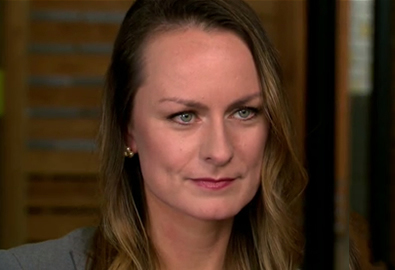Whether it is an elected official communicating in an official capacity, a company dealing with a crisis, or an organization forced to make a difficult decision — it can be challenging to communicate effectively when you know criticism will result. So, when you know you can’t make everyone happy, how do you move forward with confidence?
Let’s look at a current example.
With the coronavirus continuing to spread through our communities, school leaders across the country faced a difficult choice for the fall: to move forward with in-person learning — risking
exposure; to go virtual — putting stress on parents and teachers, while risking the educational advancement of students; or go hybrid — with scheduling headaches and a combination of the risks listed above. Sadly, all the options have pros and cons. No matter what each school or district chose to do for their community, they were sure to receive backlash.
So how do you proceed? Effective communication is a crucial component.
Schools that stayed in contact with parents and staff throughout the pandemic have fared better with their communities. Communication helps demonstrate that an organization is on top of an issue and builds confidence with your audience and stakeholders.
Administrators didn’t need to send “big news” — constant yet concise updates have helped parents feel a school is proactive and responsible, be it sending an email that the school was scheduled for a professional cleaning, sharing photos on social media of the new outdoor classroom that was constructed, providing a list of safety protocols that faculty will adhere to this school year.
On the other hand, if school leaders were meeting but not communicating with parents, they appeared distant and unprepared. Parents who were informed just weeks before the fall semester that school would begin virtual were furious and took to social media and even the press to express their discontent. These schools and districts failed to anticipate and adequately prepare for an adverse reaction and missed the opportunity to control the damage.
Next, when faced with a difficult decision, it is essential to identify the issues and address them head-on.
For example, if a school decided to go virtual, they cannot and should not ignore the problems that stem from that decision: a lack of childcare, student attention, online access, and technology gaps. Districts that decided to go virtual without adequately addressing the ancillary challenges and offering solutions have been mercilessly criticized.
On the other hand, schools that proactively offered solutions – for example by helping parents form learning pods; partnering with local charities to provide free learning centers or tutoring options; communicating how teachers were going to address classroom attention and engagement through innovative ideas; and addressing internet access needs for their students – have a parent population that is more satisfied with their decision.
Knowingly making a decision that could solicit a negative reaction is not easy. Therefore, it is paramount to make sure your audience feels heard, understood, and supported – for them to understand the logic behind your decision and plan for handling any bumps in the road. Announcing difficult decisions is difficult as well , for example knowing how to use the right language and respond to the inevitable criticism.
During times of crisis, organizations need to focus on logistics and daily operations. Public relations and crisis management groups like Mach 1 bring tremendous value because they allow the institution to focus on the pertinent business matters while we anticipate, prepare for, and respond in real-time to the crisis at hand.



